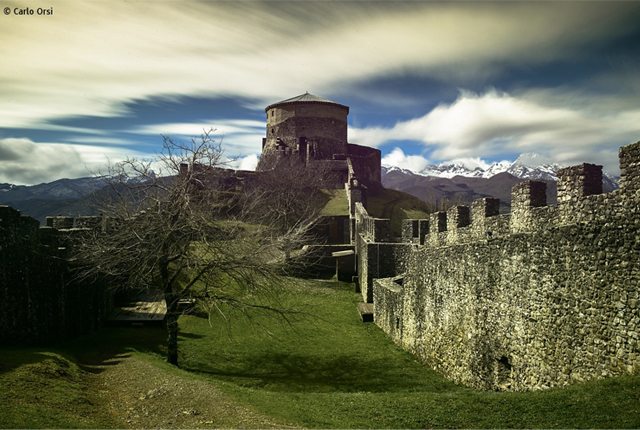
(Right-click and choose “Save as…” to download to your device.)
Fin da quando ero bambina, ho sognato di signori e dame e cavalieri in armature scintillanti; c’è qualcosa di magico nell’idea di vivere in un castello con loro. Che bello vestirsi in broccato e seta per sedersi a una tavola nel salone del signore del castello e mangiare cibo degno di un re. Non sarebbe perfetto vagare in un ambiente pastorale, raccogliendo fiori selvatici e cercando le creature del bosco e le fate, in attesa di un principe azzurro che torni a casa dopo aver ucciso un drago! Da adulta, so benissimo che queste fantasie romantiche sono lontane dalla realtà rigida della vera vita medioevale. Queste fantasie sono state infatti alimentate ed elaborate da artisti del calibro di Sir Walter Scott, Goethe e William Blake, nel XVIII (diciottesimo) secolo nel movimento chiamato “Romanticismo”.
Ever since I was a little girl, I have dreamed of lords and ladies and knights in shining armor. There is something magical about the notion of living in a castle that is guarded by a chivalric prince. How lovely to dress in brocade and silks and wander about pastoral fields collecting wildflowers, communicating with woodland creatures and fairies, while waiting for prince charming to return home from slaying a dragon! As an adult, I now know quite well that these romanticized imaginings are far from the harsh realities of actual medieval life. These fanciful dreamings were in fact fueled and propagated by the likes of such artists and writers as Sir Walter Scott, Goethe, and William Blake, in the 18th century in what we call the Romantic movement.
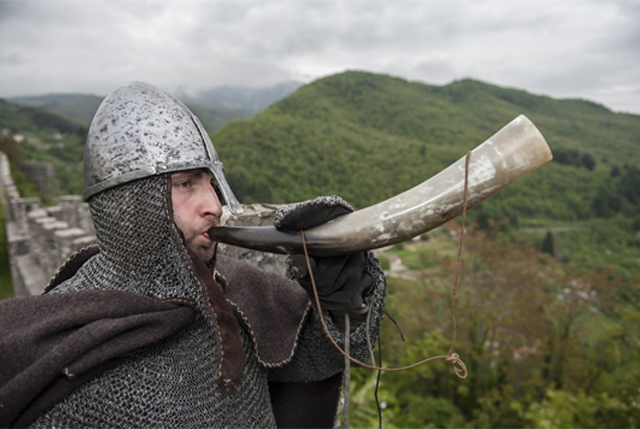
Nel XX secolo queste fantasie sulla vita medievale sono state ulteriormente perpetuate attraverso l’arte e la magia dei film della Disney e i musical di Camelot. Nonostante queste immagine romanticizzate del Medioevo, la vita allora non era così facile o affascinante, era invece piena di difficoltà e tutte le classi, ricche e povere, erano governate da un sistema sociale rigido, conosciuto come feudalesimo. Nel sistema feudale, tutti i diritti e i privilegi erano concessi alle classi superiori. I nobili gestivano le terre in cambio del servizio militare. I vassalli erano inquilini dei nobili e vivevano nel castello per accompagnare i loro padroni in guerra. I contadini, chiamati servi della gleba, erano costretti a coltivare la terra del loro signore, rendergli omaggio e condividere con lui i prodotti del loro lavoro, in cambio di protezione militare da predatori.
In the 20th century, these fantasies about medieval life were further advanced through the art and magic of Disney movies and musical plays about Camelot. But despite the modern-day romanticized versions of the middle ages, medieval life was not as glamorous and instead, was full of hardship, and the lives of all the classes rich and poor were dominated by a rigid social cast system known as Feudalism. In the Feudal System, all rights and privileges were granted to the Upper Classes. The high-ranking nobles held lands in exchange for military service. Vassals were tenants of the nobles and lived in the castle to serve under their lords in military battle. Peasants were obliged to live on their lord’s land and were required to pay him homage as well as work the land and share with him the fruits of their labor, notionally in exchange for military protection from marauding invaders.
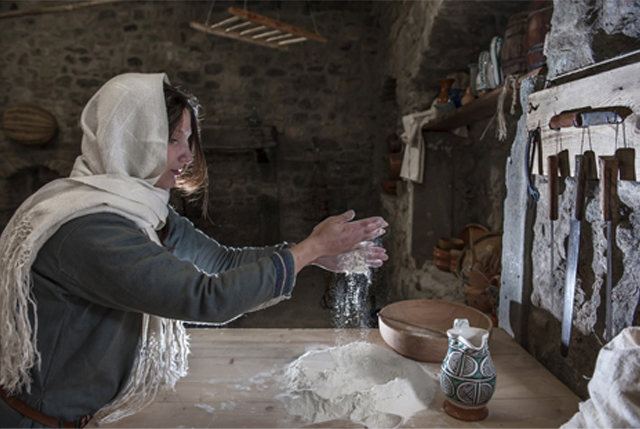
In realtà la vita medioevale era difficile e non c’era molta indipendenza. Avventurarsi al di là delle mura del castello si poteva rivelare molto pericoloso. Oltre a ciò (inoltre), le condizioni di vita quotidiana non erano idilliache; i castelli erano freddi, le malattie erano dilaganti, le donne morivano precocemente durante il parto, le armature erano estremamente pesanti, il lavoro era duro e spesso noioso, non c’erano antibiotici, l’acqua era sporca e non c’era bisogno di armadi perché le persone possedevano un solo vestito. In oltre il cibo era limitato e insipido, almeno per le classi meno abbienti, che non avevano spezie come il pepe, il sale, i chiodi di garofano, il cumino e la cannella. Solo le verdure, frutto del loro lavoro, erano considerate cibo adatto per i poveri, mentre le classi superiori si godevano molta selvaggina come cervi, cinghiali e conigli.
In reality, medieval life was difficult and there wasn’t a lot of independence. Furthermore venturing beyond the castle walls could prove quite dangerous. Beyond that, living conditions were not idyllic; castles were cold, the disease was rampant, women died early of childbirth, chain metal and armor was extremely heavy, work was hard and often boring, there were no antibiotics, water was unclean and there was no need for closets because people owned only one outfit. Food was limited and tasteless, at least for the lower classes who weren’t allowed spices like pepper, cloves, cumin or cinnamon. Only bread and pottages and food items that came from the ground were only considered fit for the poor, while the upper classes might enjoy deer, boar and rabbit.
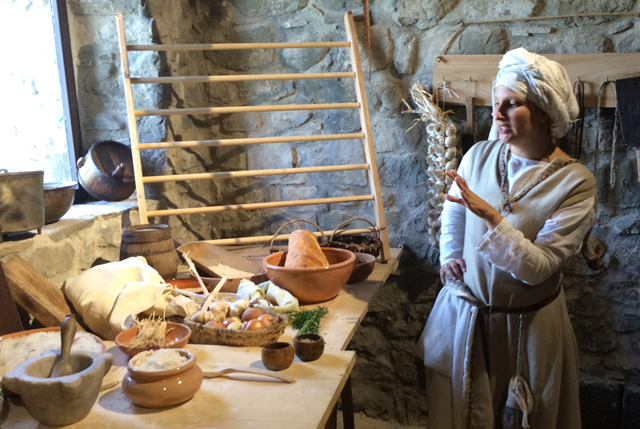
Come faccio a sapere questo? Ebbene, di recente ho partecipato alla visita guidata di un castello medievale e ho ricevuto lo “scoop” su ciò che era veramente vivere in un castello medievale. Durante la mia ultima visita a Lucca ho avuto l’opportunità di esplorare con il mio gruppo di studenti e insegnanti di Lucca Italian School, il castello medievale delle Verrucole che è situato nel centro dell’alta valle della Garfagnana, nel comune di San Romano.
How do I know this? Well, recently I had a guided tour of a medieval castle and personally got the straight scoop on what it was really like to live in a medieval castle. During my last visit to Lucca, I had the opportunity to explore with my group of language learners and the teachers of Lucca Italian School, the medieval castle in Verrucole which is situated at the center of the high Garfagnana Valley in the comune of San Romano.
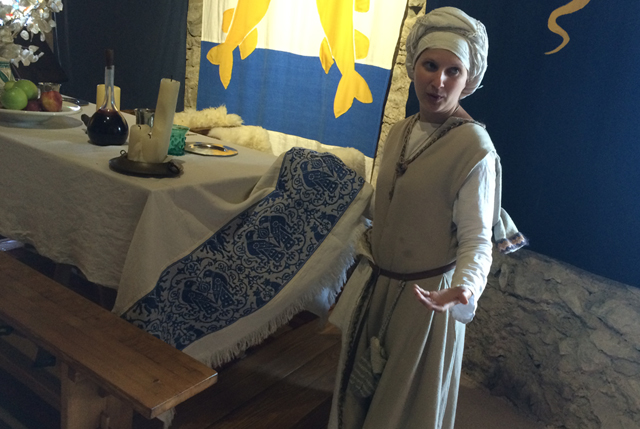
Questo territorio una volta era diviso e conteso tra due signorie feudali; i conti di Bacciano, il cui castello non esiste più e i più potenti Gherardinghi, che avevano il loro centro di potere nel castello delle Verrucole fino all’anno 1285. Con il declino del potere feudale e l’espansione della vicina città di Lucca, che è arrivata a controllare i passi e le strade che si collegavano con il nord della valle del Serchio, il castello cadde sotto l’influenza di Lucca e inizio’ un declino graduale.
This territory at one time was divided and contested between two feudal lordships; the counts of Bacciano, whose castle does not exist anymore, and the most powerful Gherardinghi, which had their center of power in the castle of the Verrucole until the year 1285. With the decline of feudal power and the expansion of the nearby city of Lucca, which rose to control the passes and roads that connected it to the north in the Serchio valley, the Fortress fell into submission and gradual decline.
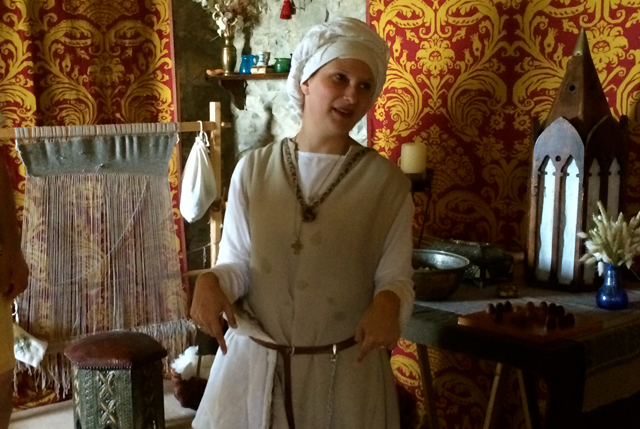
La fortezza rimase abbandonata per anni e, ridotta in rovina, fu invasa dalla vegetazione. Di recente il castello delle Verrucole è stato pero’ riscoperto e, dopo sei anni di restauro, riflette ora la sua antica bellezza ed è curato in ogni dettaglio in base alla documentazione storica ricavata da una ricerca meticolosa.
The fortress was abandoned for years and reduced to ruins and was overgrown with vegetation. But recently the castle of Verrucole has been put back in order and after six years of restoration is now a reflection of it ancient beautiful self that is accurate in every detail according to historical documentation and meticulous research.
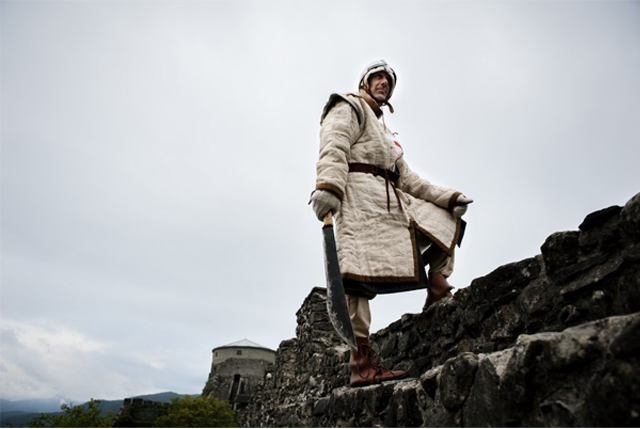
Non solo è tornato al suo antico splendore, ma è anche un Archeopark che funziona come un museo vivente. Vestiti in costumi d’epoca, i docenti conducono visite guidate attraverso il castello. Entrare nella fortezza è come tornare indietro nel tempo. Le guide descrivono com’era la vita nel XIII (tredicesimo) secolo, spiegando i costumi medievali, dimostrando l’uso di manufatti, e raccontando ai visitatori curiosità e storie associate al castello.
Not only is the castle being returned to its former glory but it is also now an Archeopark that acts as a living museum. Dressed in period costumes docents lead guided tours through the castle. Entering the castle is like stepping back in time. Guides describe for you what life in the XIII century was really like, explaining medieval customs, demonstrating the use of artifacts, as well as regaling visitors about curious historical facts and stories associated with the castle.
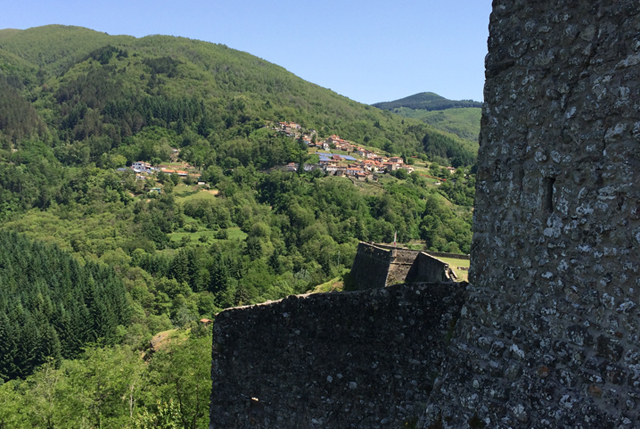
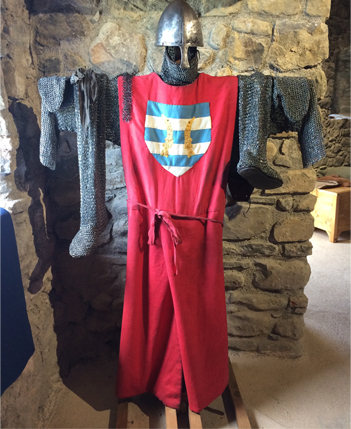
Visitare la Fortezza delle Verrucole è stata un’esperienza meravigliosa. Siamo arrivati in tarda mattinata e, dopo aver parcheggiato l’auto nel paesino sottostante, abbiamo iniziato la ripida salita al castello che è arroccato in cima alla collina che domina la valle circostante. Mentre salivamo ci siamo goduti una vista mozzafiato delle Alpi Apuane, degli Appennini e della Garfagnana. Alla porta del castello siamo stati accolti da una donna in costume medievale che ci ha invitato a continuare a salire le scale del castello. Una volta entrati abbiamo incontrato Giulia Palrinieri che ci ha guidato attraverso il castello partendo dalla taverna medievale per andare alla stanza principale del signore arredata con un tavolo rialzato nel centro, una vetrata colorata e un arazzo sul muro. In un angolo c’era una riproduzione di una cotta di maglia, ogni pezzo modellato a mano, come sarebbe stata prodotta in epoca medioevale
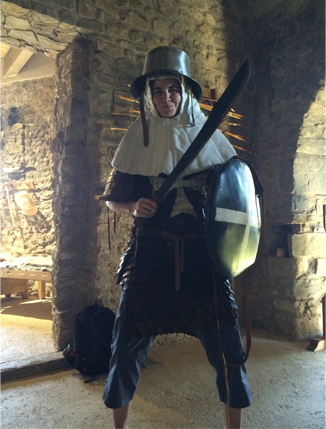
Visiting the Fortezza di Verrucole was a wonderful experience. We arrived late morning and after parking our car in the village below we began the steep ascent to the castle that is perched at the top of the hill overlooking the surrounding valley. As we climbed we enjoyed breathtaking views of the surrounding area, the Apuane Alps, the Apennines, and the Garfagnana. At the castle gates, we were greeted by a woman in medieval costume who invited us to climb the stairs into the castle. There we were warmly welcomed by Giulia Paltrinieri who guided us through the castle starting with the taverna or the medieval kitchen and then leading us into the lord’s main room the featured a raised table in the center, stained glass window, and tapestry on the wall. In the corner was a recreation of chain mail suit of armor, each piece fashioned by hand, as it would have been made in the medieval age.
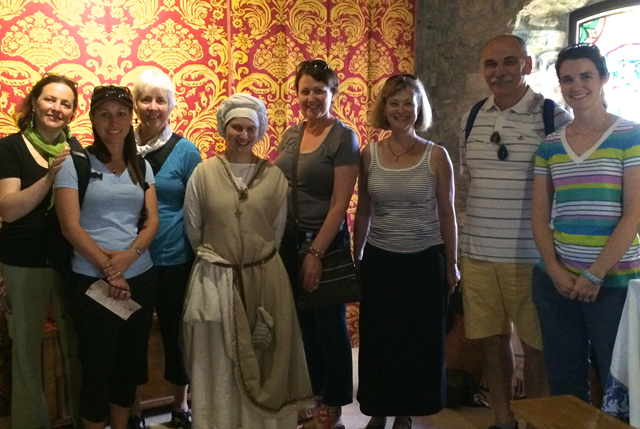
Ecco qui una parte del dialogo di Giulia in cui si parla dei vari oggetti nella stanza del signore, così come della cotta di maglia.
Here is just a portion of Giuglia’s dialogue in which she talks about various objects in the Lord’s room as well as the suit of chain mail.
La registrazione di Giuglia
Dopo la mia visita alla Fortezza delle Verrucole il mio interesse nel Medioevo e’ aumentato immensamente. Chi ha bisogno di fiabe e romanzi quando i fatti e la realtà sono così interessanti. A volte la verità può essere più affascinante della finzione! Così, la prossima volta che vi troverete in Garfagnana, fate un salto a visitare il castello per fare un passo indietro nel tempo e scoprire di più sulla vita medioevale. Imparate la vera storia, com’era la vita prima dei principi azzurri e della Disney!
After my visit to La fortezza delle Verrucole I found my interest in the middle has increased greatly. Who needs fairy tales and fiction when facts and reality are so interesting. Sometimes the truth can be more fascinating than fiction! So, next time you find yourself in the Garfagnana, take time to visit the castle and take a step back in time to discover more about life in the middle ages. Learn the true story, the way it really was before prince charming and Disney!!
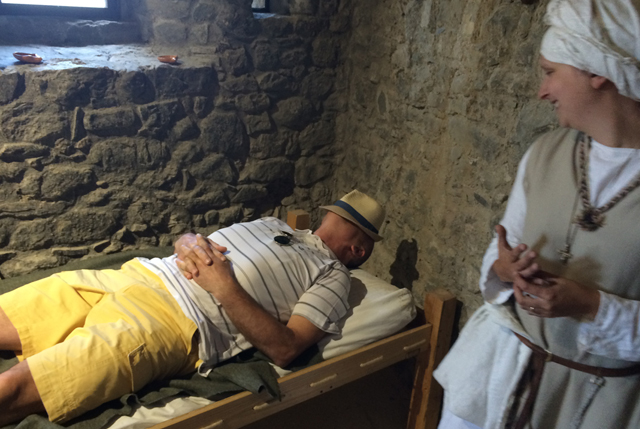
Quindi, signori, e dame, cavalieri e damigelle….questo è tutto per questa volta. Scrivete un commento! Mi piacerebbe sapere cosa pensate della Fortezza delle Verrucole e me avere notizie sui vostri progressi linguistici.
So, Lords and ladies, knights and damsels…that’s it for this time. Leave me a comment! Let me know what you think about the Fortress of the Verrucole or drop me a line and let me know how your language learning journeys are progressing.
Visit the site of La Fortezza delle Verrucole / Downloadable PDF Brochure for La Fortezza delle Verrucole
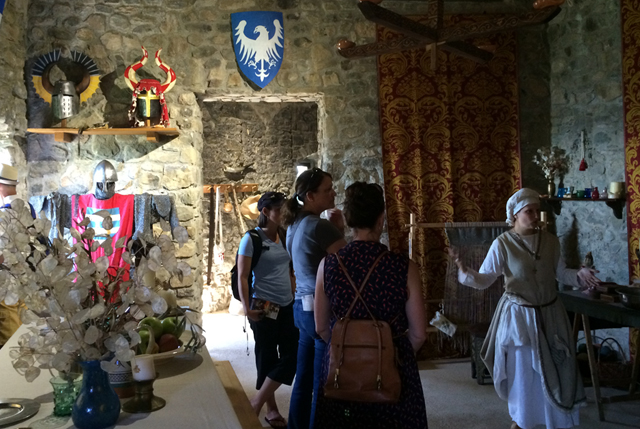
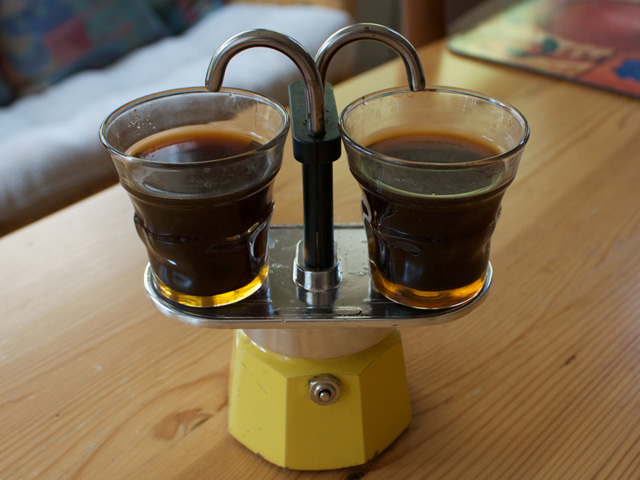

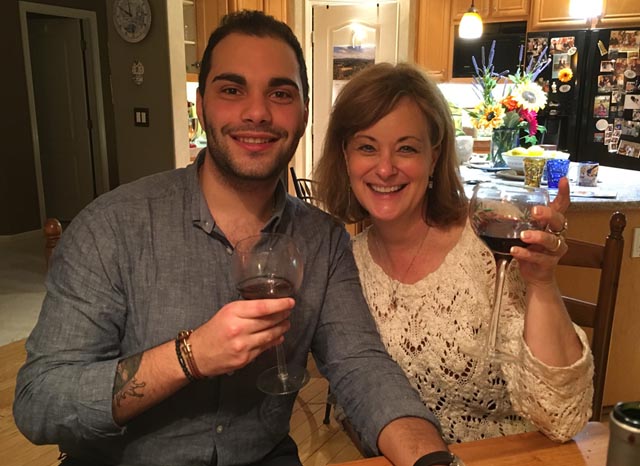
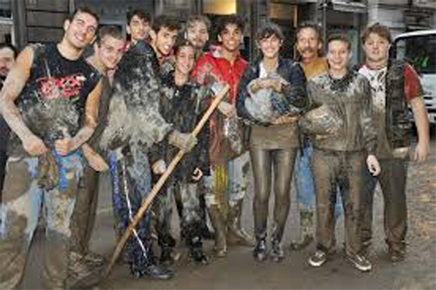
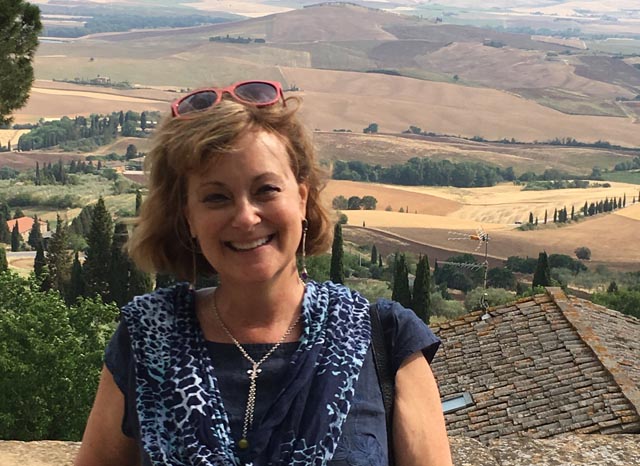
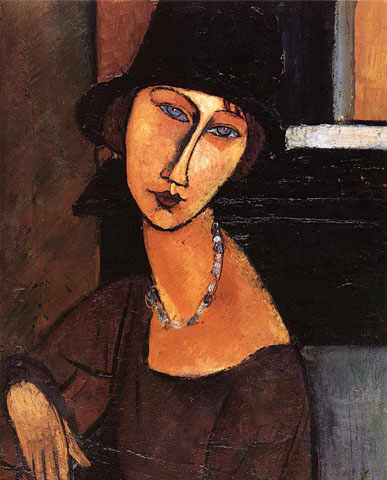





Bellissimo post Melissa, complimenti!!! Molto interessante, hai colto in pieno lo spirito della visita al Castello. Ciao!